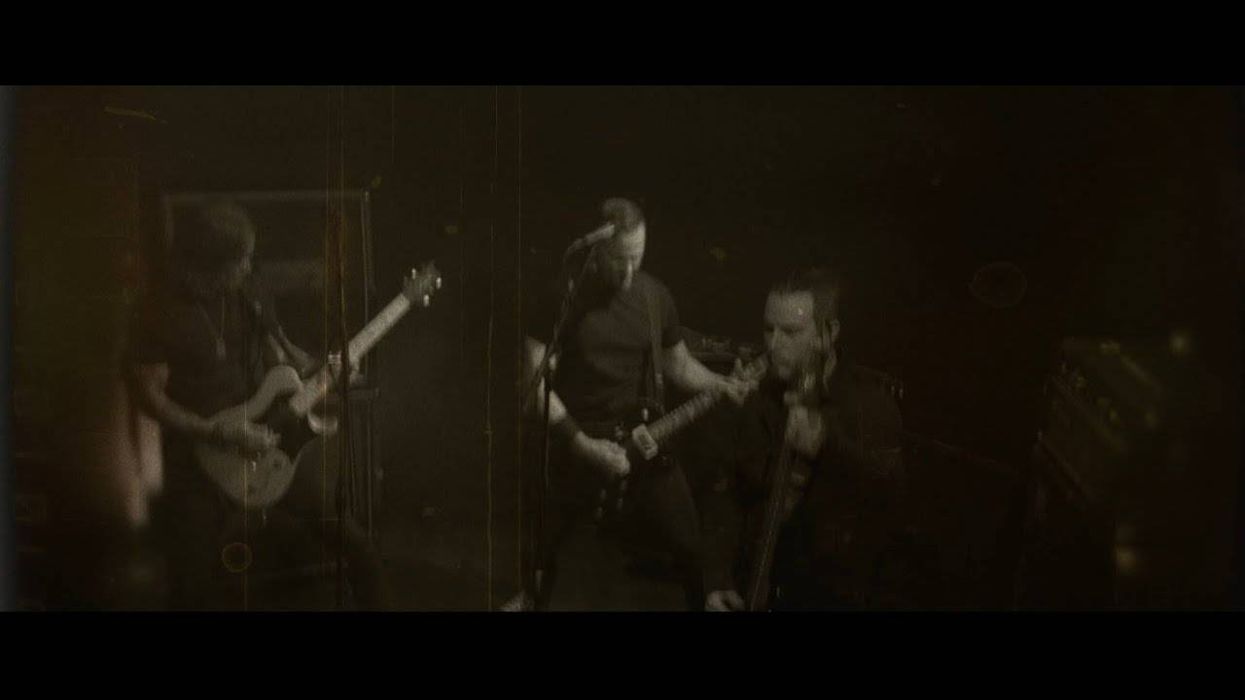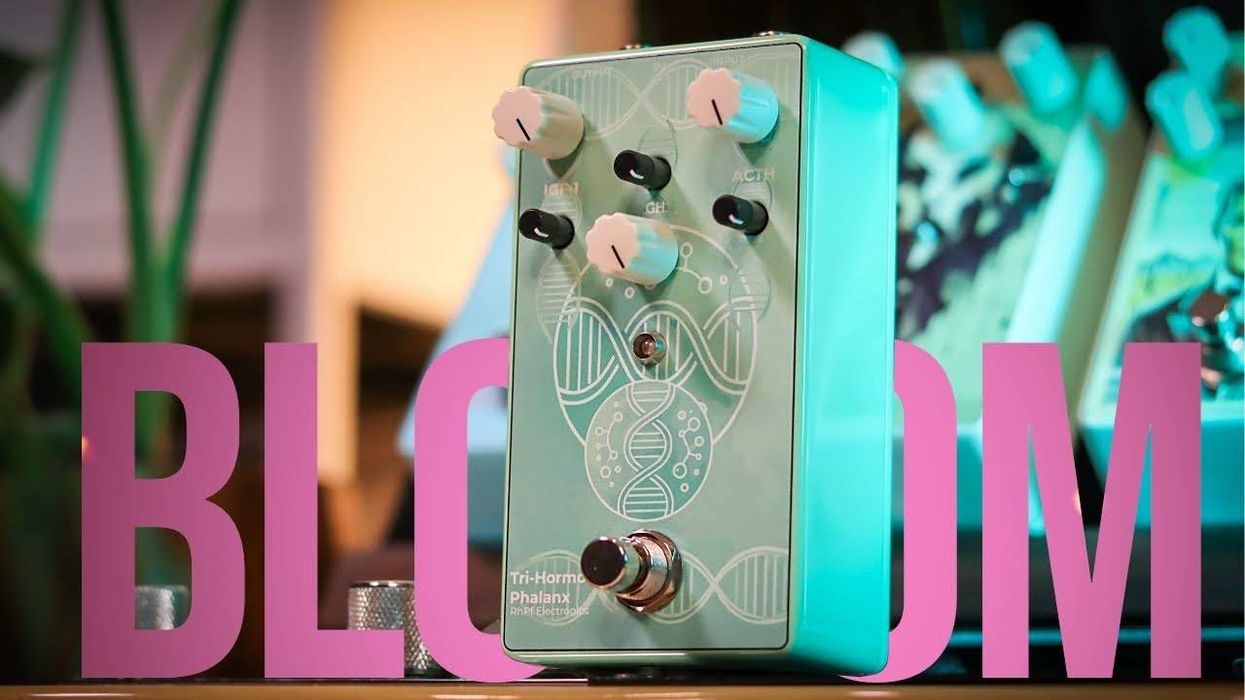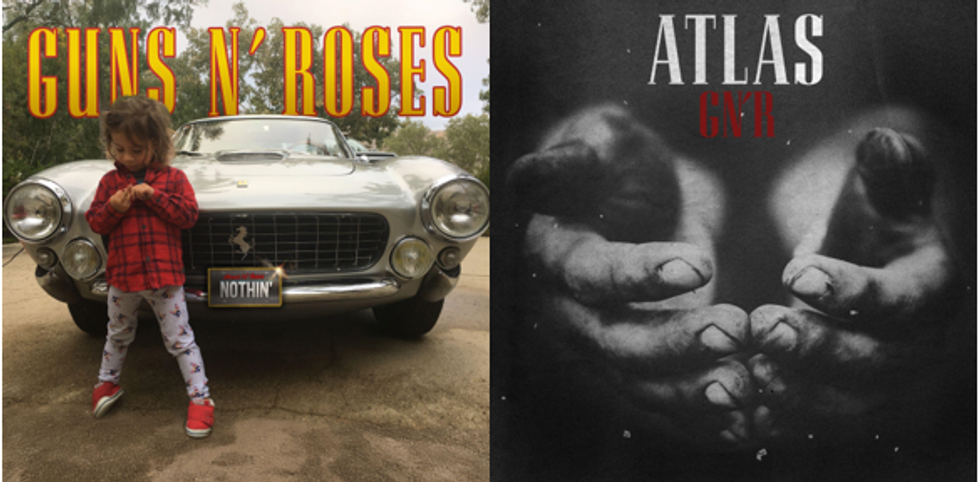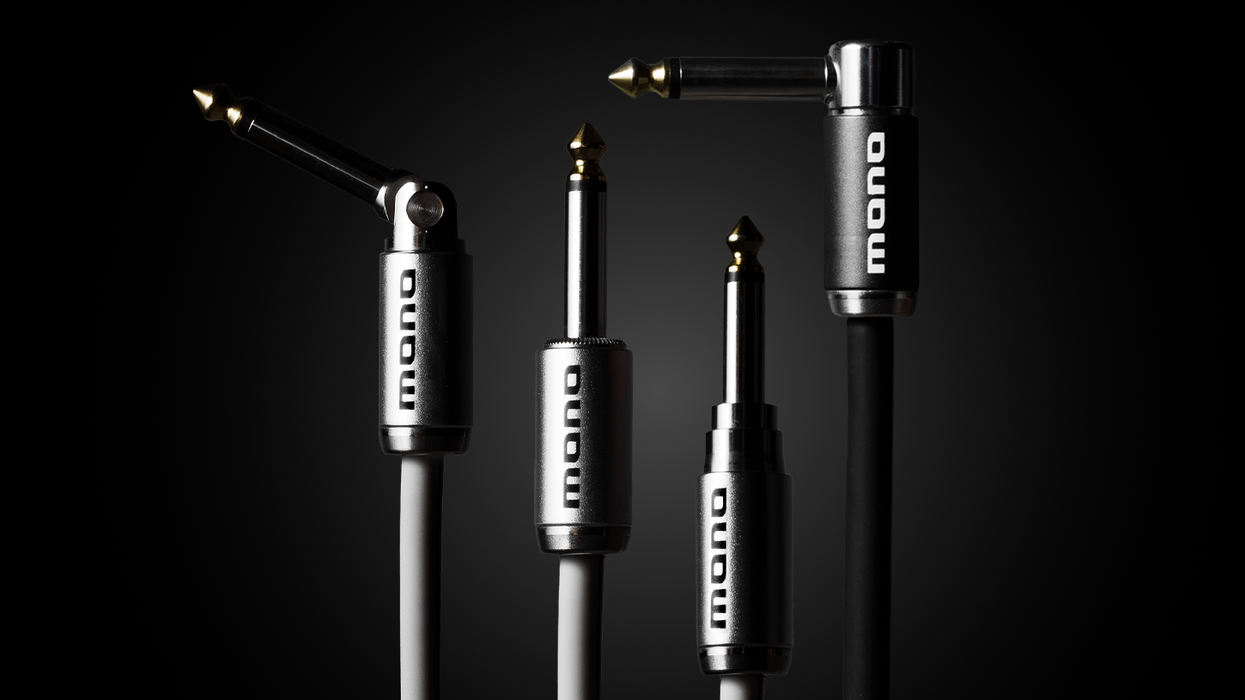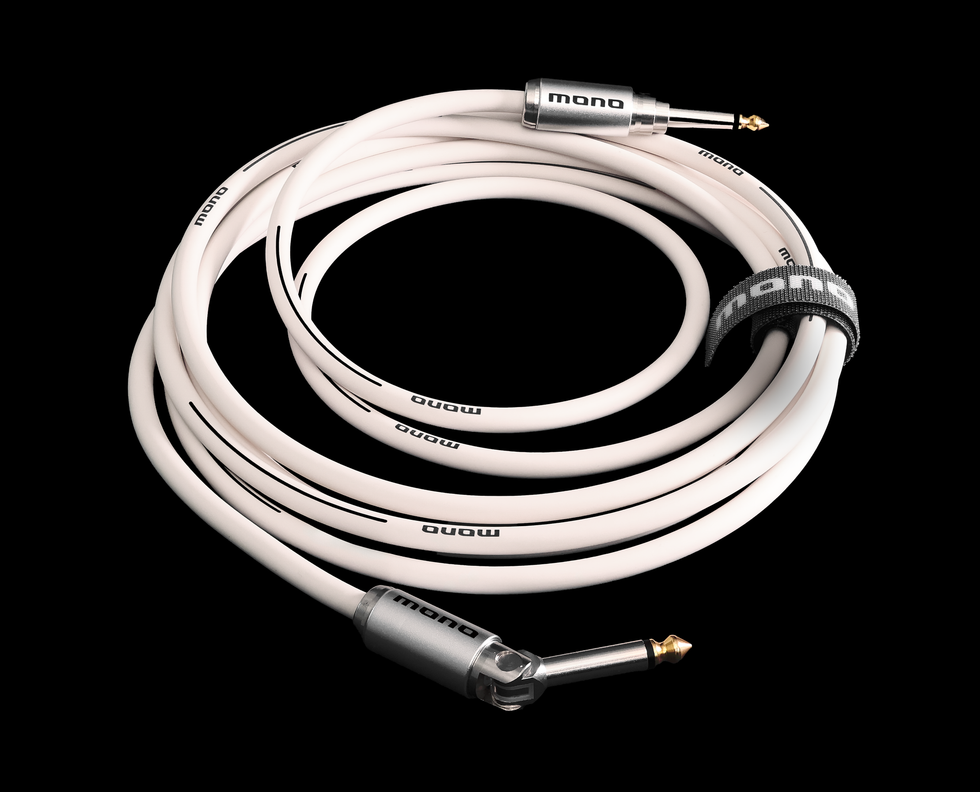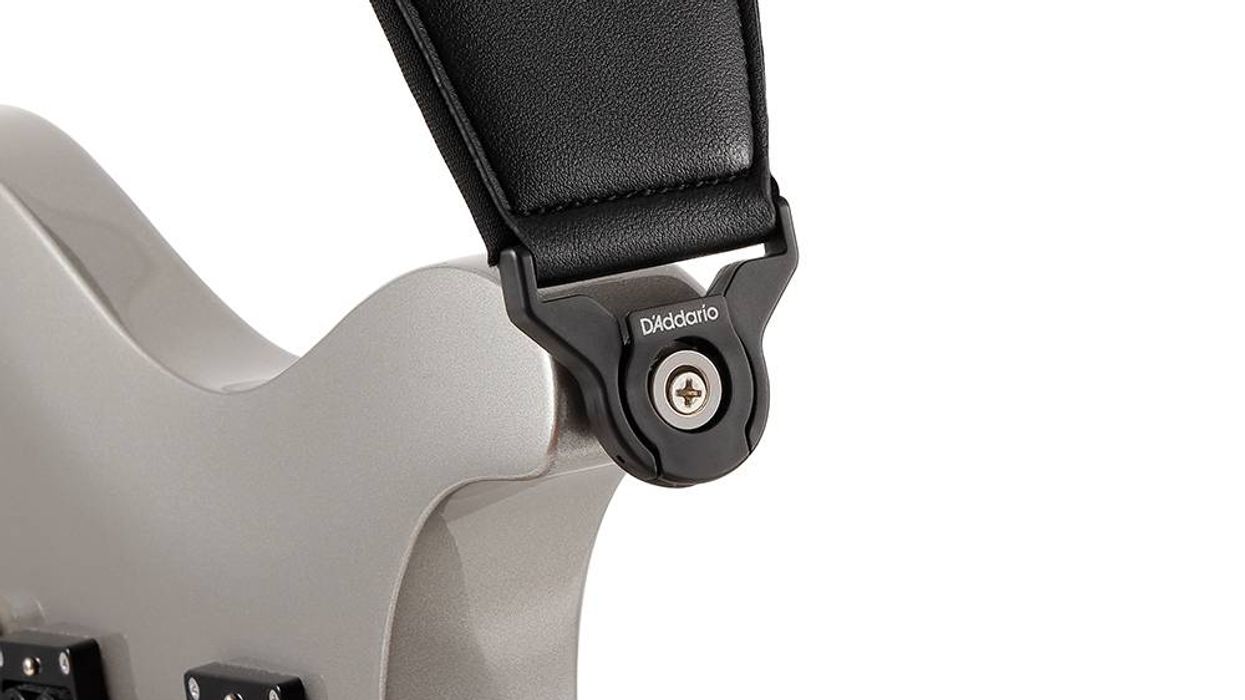Highlights include our industry-leading amp modeling, UltraResTM IR speaker cab simulation, a suite of stompbox and studio effects, expandable FC foot switching, incredibly flexible I/O, 8x8 USB audio interface capabilities, a world-class Mac/PC editor, and more.
The centerpiece of the FM9 is "Cygnus", the latest version of Fractal Audio's critically acclaimed amp modeling technology. Cygnus uses Fractal's proprietary SpectrumTrackTM technology, which improves the response of amp models across the entire range of input levels, especially for amps with cascaded gain stages. The result is truer and more dynamic "voicing," remarkable touch sensitivity, and exceptionally satisfying "chugs." The FM9's two amp blocks each have four channels which can run any of 280+ vintage, modern, and original models covering everything from pristine clean, edge of breakup, and crunchy overdrive, to modern distortion, and insane gain. The FM9 also includes the entire Ultra-ResTM cab collection from the Axe-Fx III, with 2,200+ "Factory" cabs including selections from the today's best producers, plus 1,024 "User" locations for loading your own Impulse Responses ("IRs").
The FM9 is an outstanding multi-effects unit, packed with hundreds of incredible stomp box and studio effects, featuring accurate recreations of many classics, plus exciting originals. Selections include 57+ drive pedal models, dozens of delays, numerous choruses, flangers, phasers, tremolo, and other modulation effects, 50+ reverb types from classic spring to real spaces and beyond, multiple compressors, wahs, EQs and filters, a 2-minute looper, an entire suite of pitch effects including detune, harmony, and virtual capo, plus rotary, synth, "plex" effects including shimmer, and much more. With HumbusterTM and unity gain, the FM9 also works great with a traditional rig for "pre" effects, "post" effects, or both at the same time using the "four cable method."

The FM9 features the same audiophile signal path design as the Axe-Fx III for the utmost in sonic performance and signal integrity. Physically, it is built tough for the road, with a rugged 16-gauge steel chassis and protective endcaps that double as feet. The unit is remarkably easy to use, with intuitive and comfortable controls, plus the same large, full-color main display as the Axe-Fx III and FM3. Nine on-board footswitches, each with its own vari-color LED ring and mini LCD display, provide both tap and hold functions that can be customized to control countless aspects of your rig in realtime. "Footswitch Layouts" provide nine different complete sets of tap and hold functions. At the same time, a FASLINK II port allows connecting up to two Fractal Audio FC-12 or FC-6 foot controllers for extended "pedalboard real estate" or remote control.
The FM9 has numerous inputs and outputs for a great range of different setups. Analog inputs include Fractal Audio's "Secret Sauce" 1/4" instrument input, plus two separate stereo pairs of balanced 1/4" jacks for use as "aux ins" or "returns." The main stereo output is equipped with both XLR and 1/4" outs, plus a headphones jack. Two additional independent stereo outputs — one XLR and one 1/4" — can be used as "aux outs" or "sends." All 1/4" outs feature Fractal Audio's HumbusterTM technology to help combat noisy ground loops. Digital I/O includes 48k SPDIF in and out, plus 5-pin MIDI In and Out/Thru. Finally, three on-board jacks each allow you to connect an external switch or expression pedal such as the Fractal Audio EV-1 or EV-2.
The FM9 also serves as a high-quality USB Audio interface with 8-channel recording and 8-channel playback capabilities. You can record processed signals, a "DI" for re-amping, and stereo aux ins. Audio can be played back directly to the unit's outputs (for DAW monitoring or "backing tracks," for example) or routed through the FM9 for re-amping or for effects processing like a virtual plugin.
FM9-EDIT, a full-featured software editor, is included free. The FM9 is also fully compatible with Fractal-Bot for preset sharing, easybackups/restoration, plus firmware updates in the tradition of continual improvement that has become a hallmark of Fractal Audio.
Above all, the FM9 was designed "by musicians for musicians" to deliver Fractal Audio's uncompromising signature sound quality, fantastic features, and roadworthy reliability in a highly portable format that musicians are sure to appreciate and enjoy.
Direct Price: $1,599.99 - Availability: NOW SHIPPING.
Learn more at https://www.fractalaudio.com


